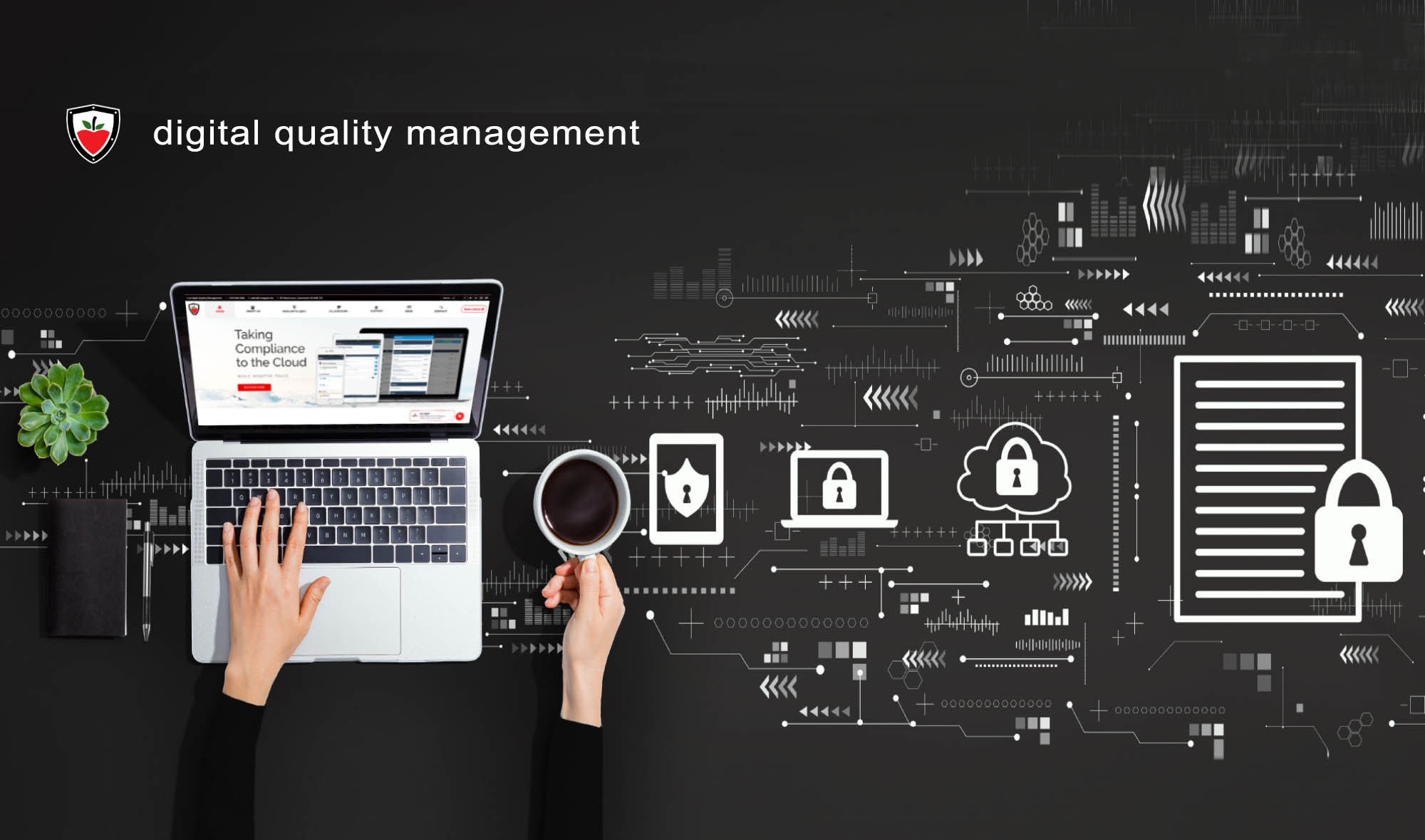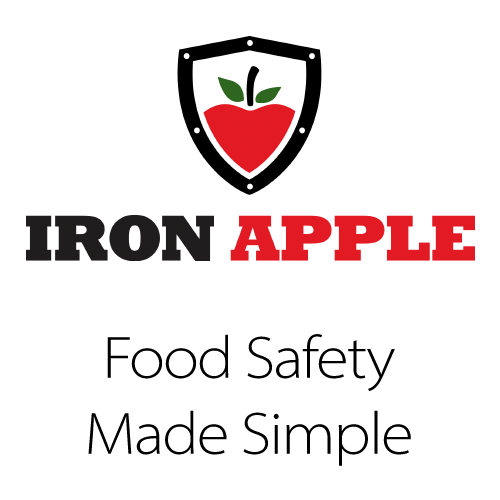Living with COVID-19: Managing Quality and Food Safety Programs in the New Normal
JULY 15, 2020 – PART TWO:
Moving to a Digitized System & Developing Operational Procedures Built on Resilience
*This is part 2 of a 3 part series that we will be publishing over the next few weeks.
In Part One of our series, we looked at the new challenges across multiple industries during the first wave of COVID-19.
Now, in Part two we will look at building operational procedures that are resilient and built to withstand disruption to the “normal” production day and why moving to a digitized system could be the answer.
During the first wave of COVID-19, many of our customers in food and cannabis processing facilities were forced to cut shift lengths or have staggered shifts in order to maintain physical distancing. However, in cannabis and food processing facilities most employees are essential to everyday operations due to regulation and compliance requirements, and facilities did their best by asking non-essential operational employees to work from home. Our customers who made the jump to a digitized quality management system were satisfied and relieved to be able to login to Iron Apple’s QMS off-site to continue to have oversight, approve documents and schedule tasks.
By moving your quality program, whether it be food, cannabis or a warehouse program to a digitized system, it offers facilities the ability to have complete visibility over their operation at the touch of their fingertips. Digitized quality systems can give facilities complete and secure document control and reporting capabilities that take your business to the next level, even when working off-site. Organizations have always been aware that being at the forefront of these elements is important, however, in the post-COVID world, this will be crucial to surviving in the industry.
Here are some key features to look for when striving to build resilient operational procedures with a digital system:
- Look for a system that meets modern record retention policies ensuring that necessary records and documents are adequately protected and maintained for product traceability. When working with reduced shifts and smaller working teams, quick record retrieval with digital access to document archive, record history, and audit trails is key
- All corrective actions should generate an alert to management and a corrective action report that covers each stage from correction to preventive actions. By having extensive coverage of corrective actions throughout the system, it can then be initiated by all users on your team
- Look for a system that can capture quality data and compliance with smaller working teams. Choose a system that can streamline your staff’s workflow by assigning employees to roles and tasks which can be scheduled ahead of time and from any working location. A digitized system facilitates inter-departmental communication allowing for increased awareness and in the end, improves quality.
- Visibility for management teams is key in this new era. Look for a digitized system that gives complete visibility with custom reports and tracking for everyone involved from key stakeholders, to managers, and quality assurance personnel.
What became clear from COVID-19 (but what Iron Apple QMS has always believed in) is that by having a digitized quality system, you are likely creating a stronger, more agile and resilient quality system.
Join us for part three of our series next week as we discuss how Iron Apple QMS can help to streamline virtual quality and compliance audits.
Lindsay Glass
Development & Implementation Manager
Iron Apple
ARTICLE LINKS:
Living with COVID-19 Series – Managing Quality & Food Safety Programs in the New Normal








